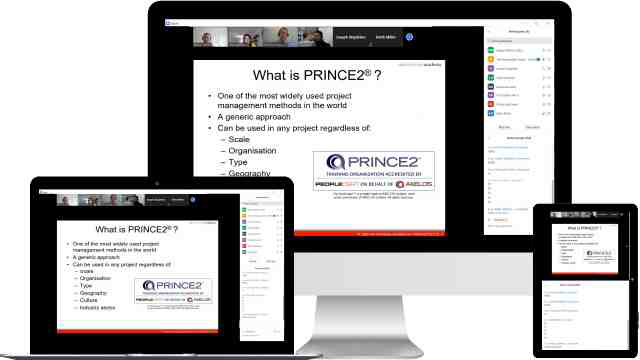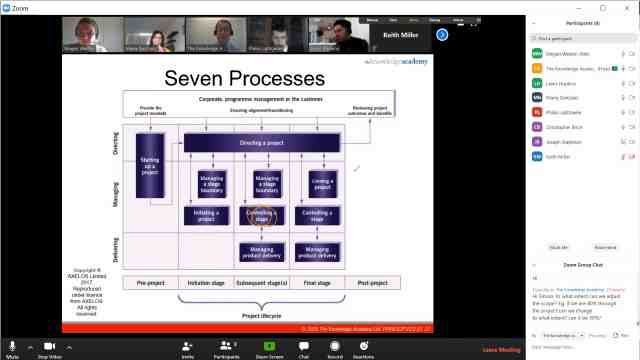Smart Phone Repair Course Outline
Module 1: Introduction to Smart Phone Repair
- Types of Smart Phone
- Features of Smart Phone Repair
- Benefits of Device Repair
- Non-Removable Battery
- Mobiles with Wireless Charging
Module 2: Replacing Broken Glass Digitisers
- Digitisers
- Replacing the Broken Glass Digitisers
Module 3: Replacing Broken LCD
- Smart Phone Repairing Tools
- How to Desolder and Remove the Display of a Mobile Phone?
Module 4: Repairing the Data Port
Module 5: Power and Charging Issues
- Power and Charging Issues with Removable Battery Devices
Module 6: Headphone Jack Replacement
- Steps for Replacing Headphone Jack
Module 7: Replacing the Wi-Fi Flex Cable
- Steps to Replace the Wi-Fi Flex Cable
Module 8: Unlocking Solutions
- Why could your Mobile be Locked?
- Unlock a Mobile Phone
Module 9: Changing the Home Button or Ear Speaker?
- Changing the Home Button of a Smartphone
- Changing the Ear Speaker of a Smartphone
Module 10: Understand Unlocking Solutions
- Why Could Your Mobile be Locked?
- Steps to Unlock a Mobile Phone
Module 11: Understand GSM, CDMA, 3G, 4G Network Concept and Structure
- GSM Channels
- GSM Architecture
- Overview of CDMA
- Overview of the 3G and 4G Network
- Advantages of 4G LTE Network
- Overview of the 5G Network
- Pillars of 5G
- 5G Architecture
Module 12: ESN, IMEI, and SIM Relationships, Theory and Concept
- What is ESN?
- Overview of IMEI
- Overview of the SIM
- Different Types of SIM Cards
Module 13: Physical and Liquid Damage Detection on PCB Boards
- Physical and Liquid Damage Detection on PCB Boards
- PCB Challenges
Module 14: Data Transfer and Recovery
- Methods of Data Transfer and Recovery from Smartphones
Module 15: Taking Carrier Locks Off GSM Phones
- Carrier Locks
- Carriers Unlocking Procedure of Samsung
Module 16: BGA Controller Chip Structure and Design
- BGA Controller Chip Structure and Design overview








































 Back to course information
Back to course information




 If you wish to make any changes to your course, please
If you wish to make any changes to your course, please

